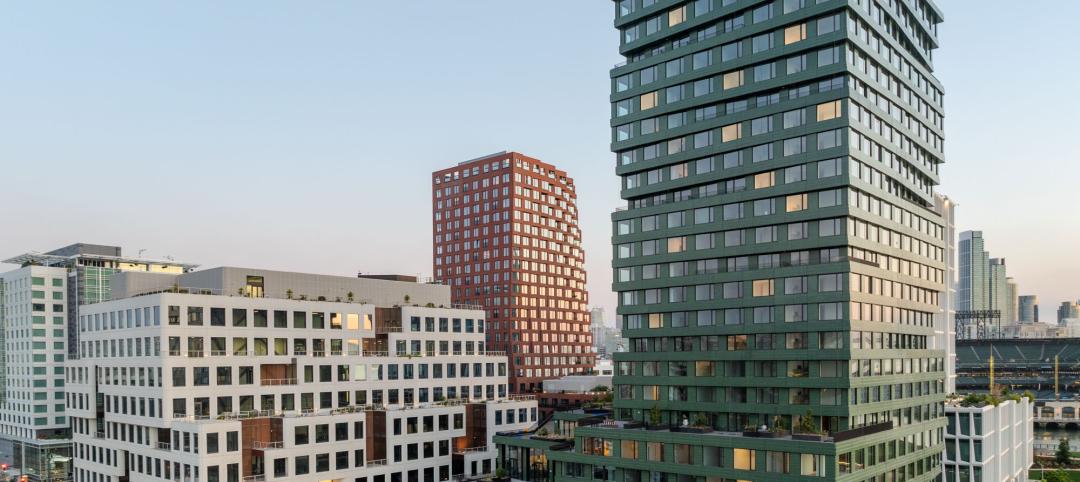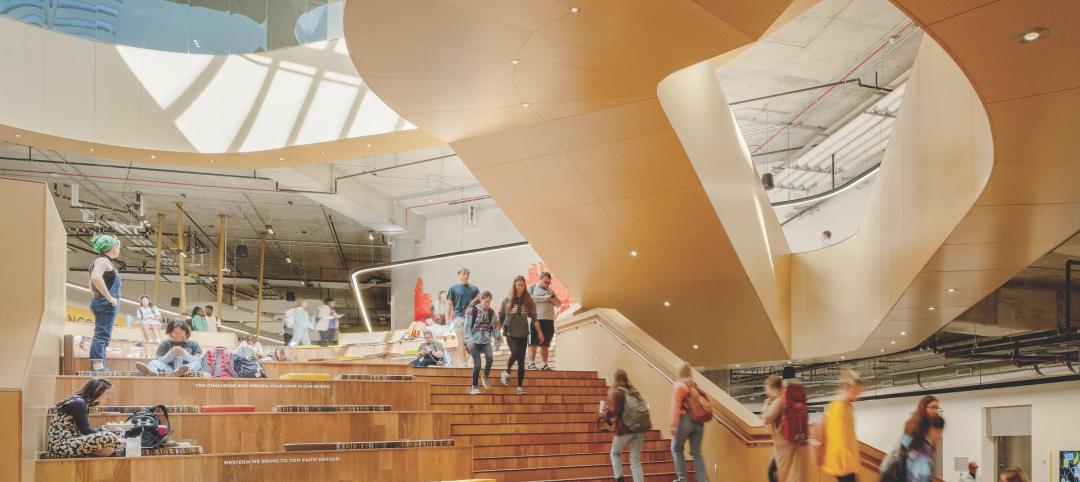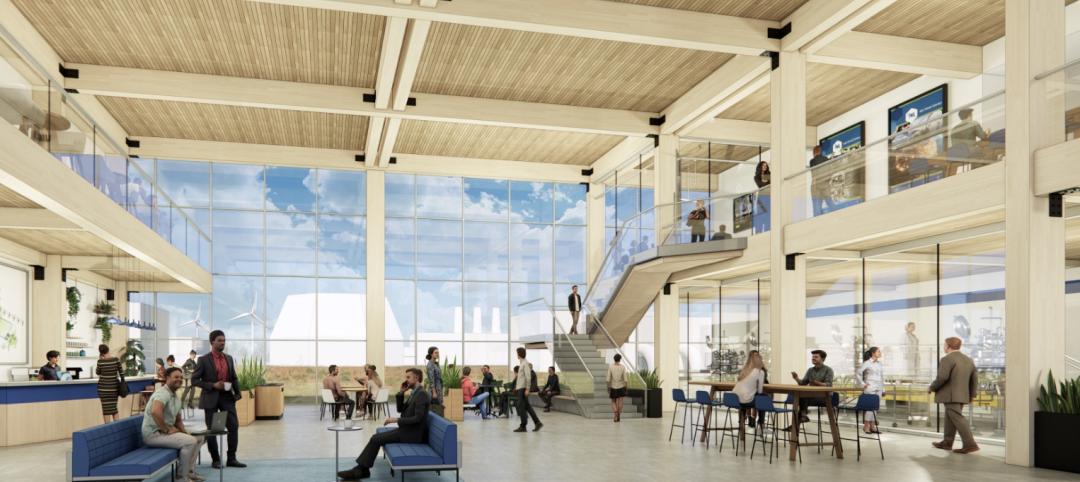In order to better understand the Integrated Project Delivery (IPD) Model, let’s take a metaphorical trip to a doctor’s office.
Imagine we are having a wound treated, a wound that was caused by diabetes. During our visit, we are seen by an endocrinologist to help us better manage our diabetes. We are then seen by a Nutritionist to help manage and plan our meals based on our health needs. Lastly, before leaving, a pharmacist stops by to provide medications on the spot.
Some of you may be wondering, “What does this have to do with IPD?” Well, in the above example, this type of cross-discipline, co-location, and utilization of expertise, or “integrated care team,” as some call it, is part of a recent paradigm shift that the healthcare industry is feeling nationwide.
This shift can be viewed as analogous to the IPD model. While IPD is deemed transformational and revolutionary based on its ability to mine risk through financial incentive, contracted in an Integrated Form of Agreement or Tri-Party Agreement (an agreement between the owner, architect, and contractor), it is how the three parties collaboratively work together. The underlying variables and tools used to manage collaboration between teams is ultimately the driving for success with IPD.
DAY-TO-DAY TOOLS FOR IPD
To ensure goals are met, it is imperative that teams identify and utilize an effective structure to hold every member accountable to a near-term degree. In project delivery, there are usually three main, big-picture goals that all team members are aiming to achieve: scope, schedule, and budget. What sets the IPD delivery model apart from others are the tools and structure implemented by the IPD team to deliver the project within or under budget while still meeting the owner’s needs.
To maintain accountability for a big-picture item, there must be a means by which teams can track their progress. If this is not done properly, it can lead to major issues ranging from budget overages to change orders to schedule slips. Ever heard the adage “out of sight, out of mind”? Well, to avoid falling into this pattern, many IPD teams engage in daily stand-up meetings. These meetings are brief, 10-20 minutes, where all three parties stand and review a list of items that require some type of action within the next week. This may seem short and redundant at first, but once team members own an action, the benefit of these meetings becomes very clear.
Through the natural and innate human desire to succeed, these meetings drive every member of the team to be accountable, urgent, and collaborative with all three entities of the IPD agreement throughout all phases of the project.
IPD allows these meetings to drive the big-picture goals because the architect, contractor, and owner are able to discuss construction and design items every day, through the design, preconstruction, and construction phases and all the way through closeout.
Target Value Design (TVD) is a major tool in setting IPD apart from traditional methods. TVD breaks the mold of contractors providing estimates based on detailed design. Instead, estimates are based on a target cost which is collaboratively established amongst all team members.
TVD in IPD diminishes the traditional “throw-it-over-the-wall” design since contractors and sub-contractors are brought on board in the design phase. This allows the designers to engage the people who will be procuring and finishing-out their projects as they design. This helps avoid design results that require re-work due to constructability and budget issues, de-value engineering and delay.
Stemming from TVD, an IPD team participates in PITs, or Project Implementation Team meetings, also known as Component Team Meetings. PIT meetings are comprised of interdisciplinary groups of project participants, and are crucial in achieving success with IPD.
Typically with IPD, there are PIT teams for each major aspect driving the design and construction: MEP PIT, Civil/Site PIT, Structure PIT, Build/Fit-Out PIT, Equipment PIT, Food Service PIT, AV/IT PIT, Closeout PIT, etc. (there can be more groupings depending on the size of the project). These meetings are extremely successful and serve as the foundation of TVD. It is in these meetings that designers are able to engage and receive real-time feedback from the subcontractors and other team members who will be executing the design in the field.
Also, like the stand-up meetings, the PIT meetings take place through all phases of the project, ensuring the designers are receiving real-time answers from subcontractors and vendors before construction has begun and often before final documents are issued.
RESULTS
So let’s imagine a construction project that brought all major players on-board almost concurrently. With an owner’s vision, or preliminary program, the architect, contractor, and owner may all work together to establish the target-value with detailed estimates to drive expectations.
The detailed estimate design originates in an environment that has harnessed and co-located all key players, of not only the design phase, but also the construction phase. Below is an example of how this type of environment and structure enhances project goals when utilizing IPD.
At a weekly MEP PIT meeting, the owner-representative informs the team that the owner has decided to change the original HVAC selection from a chilled water to a DX central AC plant. The mechanical contractor, present in the meeting, is able to get specifications for the DX system. The engineer and architect, also in attendance, are able to begin redesign work and plan changes. The contractor is able to revise pricing based on the new system selection and all other related aspects that will change.
All of the rework and revisions are completed in less than a week and within budget. The schedule is not impacted and the plans are changed prior to pouring the slab. The team is thus able to collaborate and provide the owner an estimate of the affect the changes will have on important operational parameters such as heat/cool loads, maintenance, and facility operations cost, post-occupancy.
Because of the nature and processes inherent in IPD, this issue did not impact the schedule or budget. The issue was brought up before construction had begun, the subcontractor was able to provide the designer and engineer with all necessary information and support to ensure constructability was guaranteed, and the design team was able to make the plan change prior to the release of final plans. What could have been a very pricey and time-consuming Change Order was mitigated through a collaborative re-planning session in which all valuable project team members participated.
CONCLUSION
The IPD method incentivizes all team members to work collaboratively to provide the client with the best possible product; a project that meets scope, maintains budget, and delivers on schedule.
Like the Integrated Care Teams mentioned previously, an IPD team is a one-stop shop that is established during or even before design. This delivery method cultivates cross-discipline design, ideally before construction begins, through various tools that help to focus accountability on not just an individual level, but also a team-wide level.
Both figuratively and literally, IPD provides a design and construction world without walls and fences. It instead provides a clear definition and structure of the near-term and long-term goals of the entire project team at large. Ambiguity is a major enemy of IPD, but utilization of the proper tools creates transparency in every aspect of design, budget, schedule, and construction.
The project vision will be as clear to the owner as it is to the designers, contractors, and down through the entire project team.
About the Author
Megan Donham is an Associate Consultant with CBRE Healthcare. She can be reached at megan.donham@cbre.com.
Related Stories
AEC Tech Innovation | Oct 8, 2024
New ABC technology report examines how AI can enhance efficiency, innovation
The latest annual technology report from Associated Builders and Contractors delves into how artificial intelligence can enhance efficiency and innovation in the construction sector. The report includes a resource guide, a case study, insight papers, and an essay concerning applied uses for AI planning, development, and execution.
Healthcare Facilities | Oct 8, 2024
Herzog & de Meuron completes Switzerland’s largest children’s hospital
The new University Children’s Hospital Zurich features 114 rooftop patient rooms designed like wooden cottages with their own roofs. The project also includes a research and teaching facility.
Mixed-Use | Oct 7, 2024
New mixed-use tower by Studio Gang completes first phase of San Francisco waterfront redevelopment
Construction was recently completed on Verde, a new mixed-use tower along the San Francisco waterfront, marking the end of the first phase of the Mission Rock development. Verde is the fourth and final building of phase one of the 28-acre project that will be constructed in several phases guided by design principles developed by a design cohort led by Studio Gang.
Brick and Masonry | Oct 7, 2024
A journey through masonry reclad litigation
This blog post by Walter P Moore's Mallory Buckley, RRO, PE, BECxP + CxA+BE, and Bob Hancock, MBA, JD, of Munsch Hardt Kopf & Harr PC, explains the importance of documentation, correspondence between parties, and supporting the claims for a Plaintiff-party, while facilitating continuous use of the facility, on construction litigation projects.
Glass and Glazing | Oct 7, 2024
Pattern language: An exploration of digital printing on architectural glazing
Architectural Glazing has long been an important expressive tool which, when selected and detailed thoughtfully, can contribute to the successful transformation of architectural concepts to reality.
University Buildings | Oct 4, 2024
Renovations are raising higher education campuses to modern standards
AEC higher ed Giants report working on a variety of building types, from performing arts centers and libraries to business schools. Hybrid learning is seemingly here to stay. And where possible, these projects address wellness and mental health concerns.
AEC Tech | Oct 3, 2024
4 ways AI impacts building design beyond dramatic imagery
Kristen Forward, Design Technology Futures Leader, NBBJ, shows four ways the firm is using AI to generate value for its clients.
Laboratories | Oct 2, 2024
Trends in scientific research environments: Q&A with Flad's Matt McCord
As part of an ongoing series, Matt McCord, AIA, NCARB, LEED AP BD+C, Associate Principal with Flad Architects, discusses the future of the scientific workplace.
Museums | Oct 1, 2024
UT Dallas opens Morphosis-designed Crow Museum of Asian Art
In Richardson, Tex., the University of Texas at Dallas has opened a second location for the Crow Museum of Asian Art—the first of multiple buildings that will be part of a 12-acre cultural district. When completed, the arts and performance complex, called the Edith and Peter O’Donnell Jr. Athenaeum, will include two museums, a performance hall and music building, a grand plaza, and a dedicated parking structure on the Richardson campus.
Data Centers | Oct 1, 2024
10 biggest impacts to the data center market in 2024–2025
While AI sends the data center market into the stratosphere, the sector’s accelerated growth remains impacted by speed-to-market demands, supply chain issues, and design innovation necessities.

















